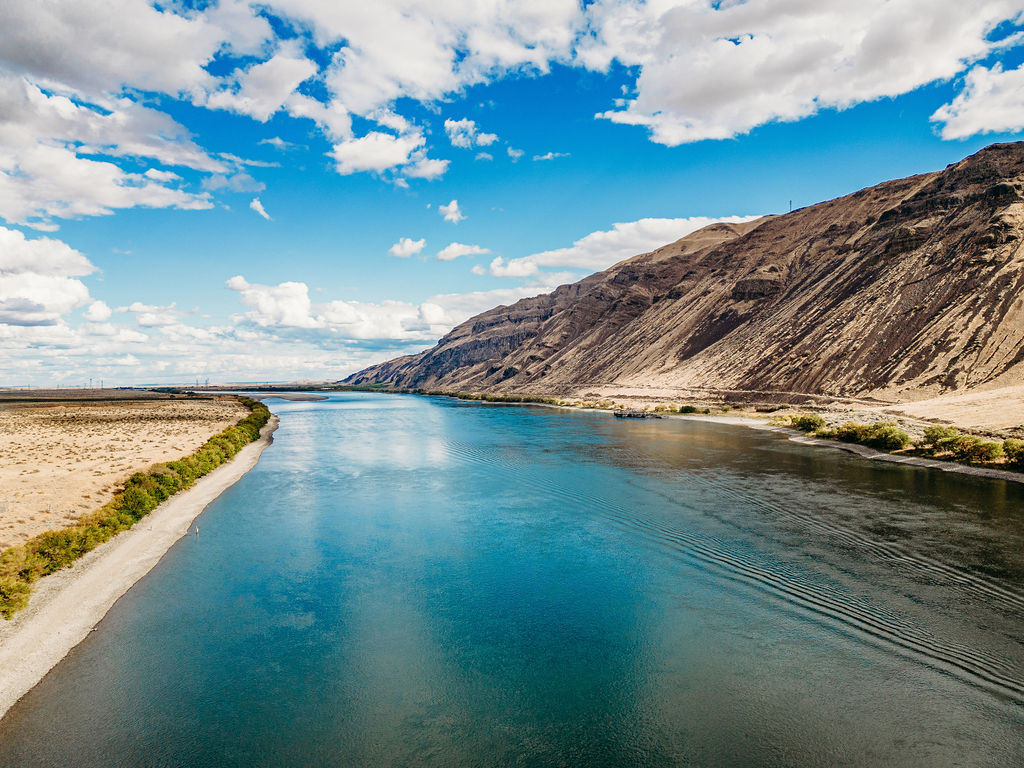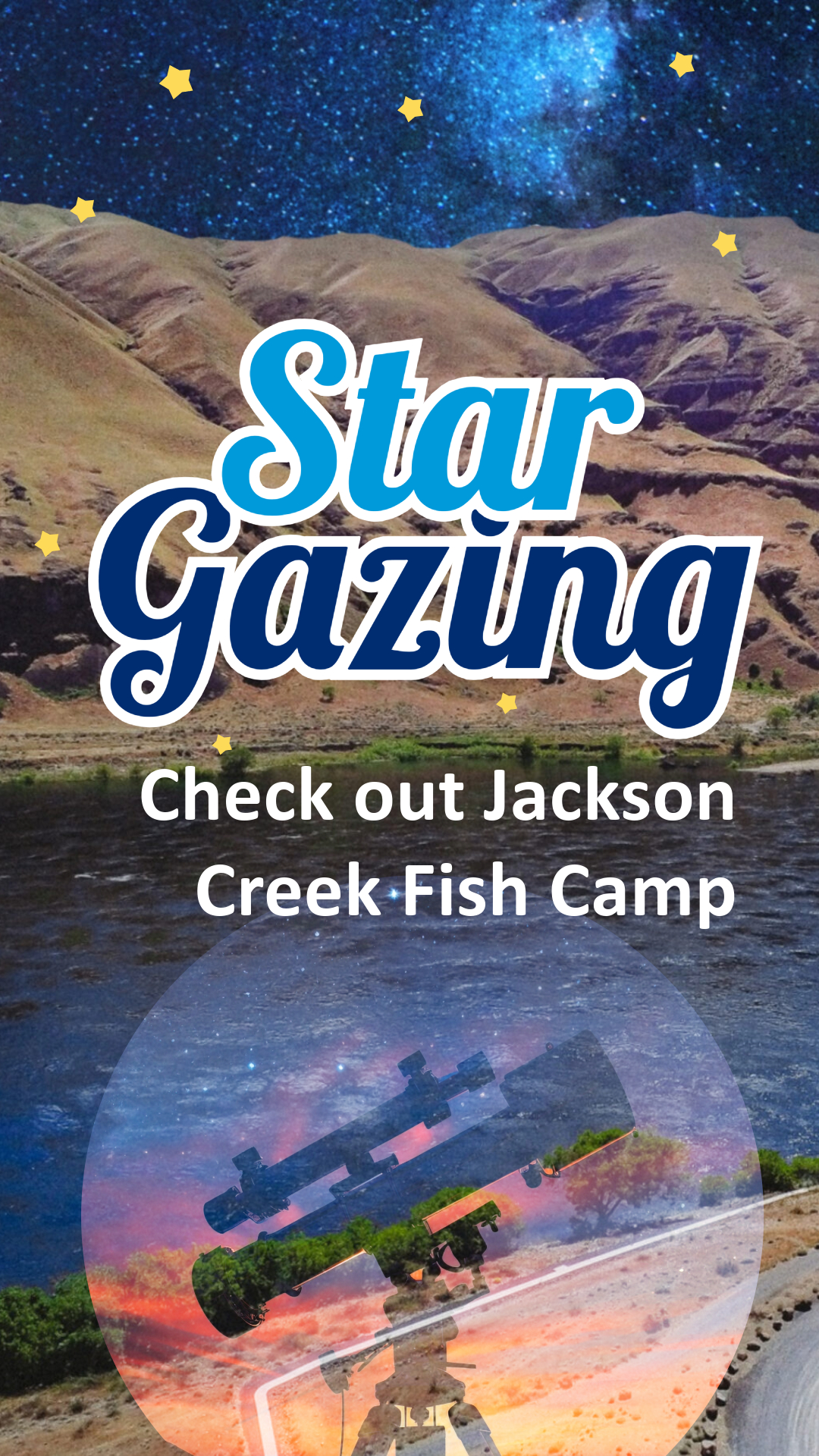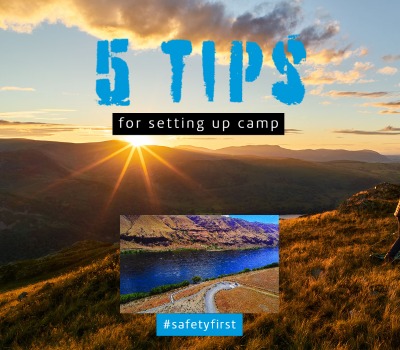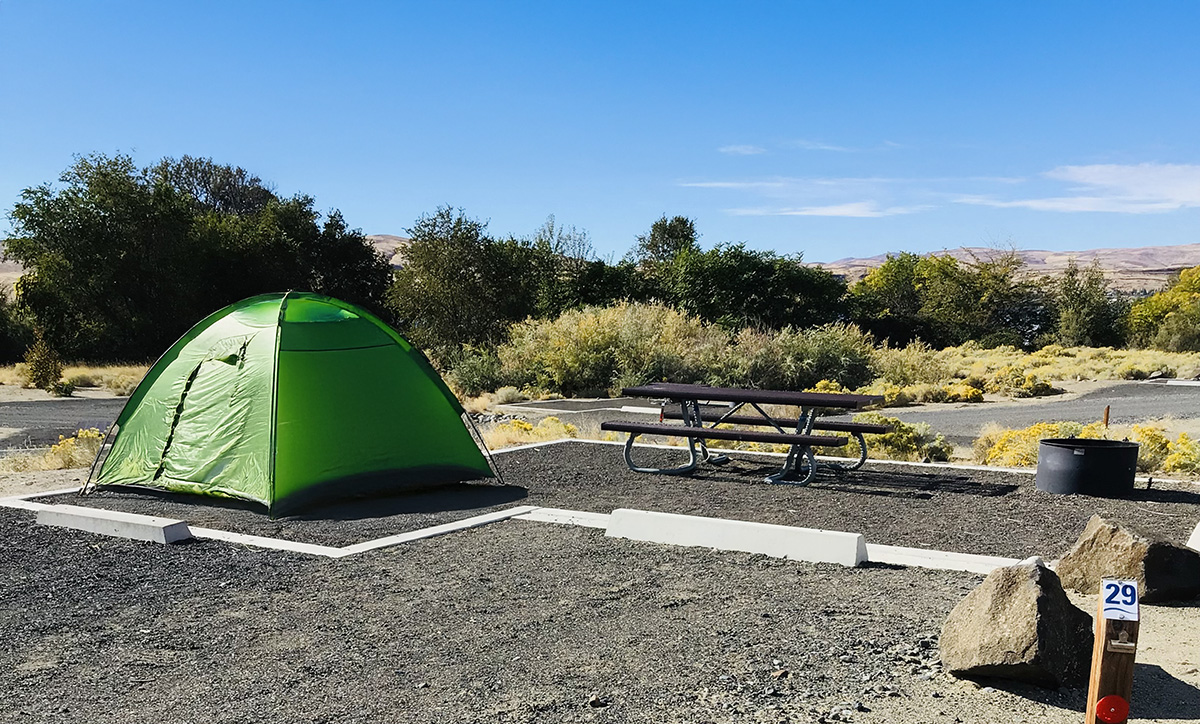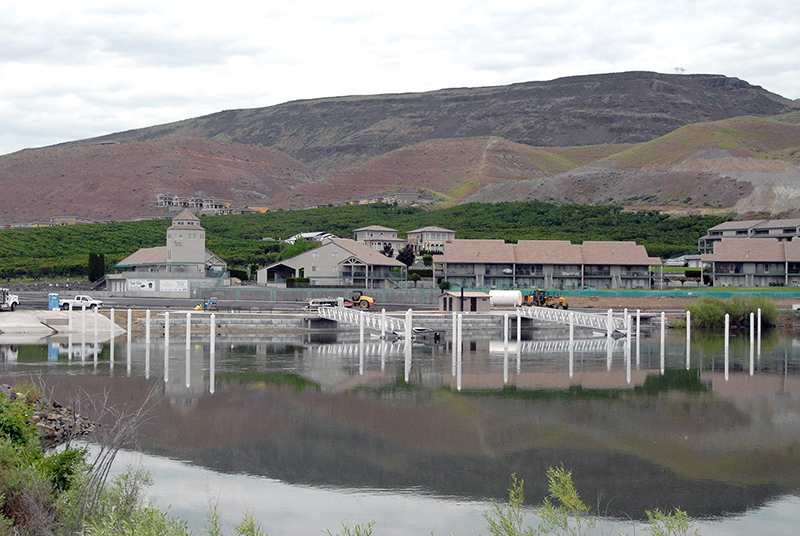The Columbia River, in Grant County, Washington, draws boaters, swimmers, and anglers to Grant PUD’s recreation areas. (Crescent Bar, Vantage Boat Launch, Sand Hollow and more.) Yet, its cold waters pose serious risks, including hypothermia and cold shock, that demand preparation. Whether you’re from Grant County or visiting Eastern Washington, understanding these dangers ensures safe enjoyment of this iconic river. In this guide, we explore cold water risks, share essential safety tips, and encourage responsible recreation.
Understanding Cold Water Risks: Hypothermia and Cold Shock
Water below 70°F (21°C) is dangerous, and the Columbia River often falls into this range, especially in spring and fall (and the obvious season-winter). Cold water can lead to two critical conditions:
- Hypothermia: When body temperature drops below 95°F (35°C), hypothermia sets in. Cold water removes heat 25 times faster than air. In typical Columbia River temperatures of 50-60°F (10-15°C), exhaustion or unconsciousness can occur within 30-60 minutes, with hypothermia possible in 1-2 hours. Symptoms like shivering and confusion require immediate action.
- Cold Shock: Immersion in water below 60°F (15°C) triggers gasping, hyperventilation, and muscle failure within 1-3 minutes, increasing drowning risk.
These risks are heightened by the river’s strong currents and fluctuating levels, especially near Priest Rapids and Wanapum Dams. Awareness is key to staying safe.
Essential Safety Tips for Columbia River Recreation
To enjoy Grant County’s recreation areas safely, follow these cold-water safety tips:
- Wear a Life Jacket: A life jacket is critical, keeping you afloat if cold shock impairs swimming. Ensure everyone in your group wears one, even strong swimmers. Learn more about life jacket safety from the U.S. Coast Guard.
- Dress for Cold Water: Use a wetsuit or drysuit to insulate against cold temperatures. Regular clothing becomes heavy when wet, increasing fatigue.
- Check River Conditions: Visit Grant PUD’s river conditions page for real-time data on water temperature, flow rates, and reservoir levels at Priest Rapids and Wanapum Dams.
- Inform Someone of Your Plans: Tell a friend or family member your itinerary, including your launch point (e.g., Crescent Bar) and return time. This ensures help can be summoned if needed.
Why Columbia River Safety Matters
The Columbia River is a premier destination for Washington State residents and visitors, but its cold waters require vigilance. Grant PUD supports safe recreation with resources like real-time updates at www.grantpud.org/river. By staying informed, you protect yourself and others.
Recreate Responsibly in Grant County
Before exploring the Columbia River, take these steps:
- Wear a life jacket and dress for cold water.
- Check conditions at Grant PUD’s website.
- Inform someone of your plans, including location and return time.
Join us in keeping the Columbia River safe for all. Plan ahead and recreate responsibly in Grant County! #ColumbiaRiverSafety #GrantPUD
Sources:
- U.S. Coast Guard: Information on cold water immersion risks, hypothermia timelines, and cold shock effects. (https://www.uscg.mil)
- American Red Cross: Guidance on life jackets and dressing for water temperature. (https://www.redcross.org)
- Grant PUD: Real-time river conditions, including water temperature and flow data for Priest Rapids and Wanapum Dams. (https://www.grantpud.org)
- National Weather Service: Details on hypothermia and heat loss in cold water. (https://www.weather.gov)

